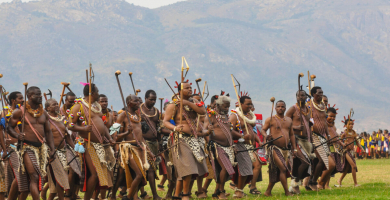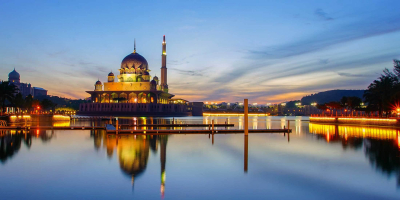Top 10 Malagasy Culture, Customs, and Etiquette
If you're planning a trip to Madagascar, you're in for one of the most incredible, wild adventures of your life. Madagascar has something for adventure ... read more...travelers or visitors who are looking for a relaxing getaway. No matter what you're doing here, you'll need to know a bit about the Malagasy culture, customs, and etiquette before you go.
-
One of Malagasy culture, customs, and etiquette regardless of their ethnicity, is the umbilical cord burial. In the Malagasy culture, the birth of a baby is an important event that deserves ceremonies. However, prior to any celebration, the placenta and umbilical cord of the baby must be beforehand taken home for burial on the grounds of the ancestral home. Following the tradition, the father takes them with him to bury them under a stone at the entrance of the ancestral home or in a clean place around the family house. The stone is placed over the umbilical cord and placenta already wrapped in scraps of cloth that have been used during the birth once the hole has been refilled. When the father proceeds with the burial ritual, he must remain focused and avoid any distractions.
In Malagasy beliefs, when the father gets distracted or only turns his head throughout the ritual, it may have a consequence on the baby once adult. Similarly, a newborn baby whose umbilical cord is lost or not buried correctly, he or she may end up being a forgetful grown-up. This ritual acts as a pre-established cultural construct of the human body and the personhood of the baby. For Malagasy people, the placenta represents the ancestors, and the ancestors’ beliefs still govern today’s Malagasy culture.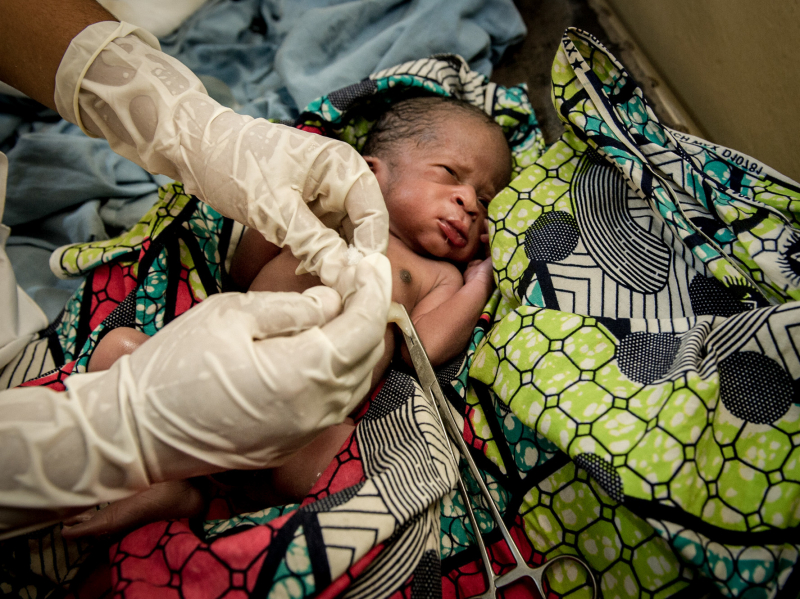
rfi.fr 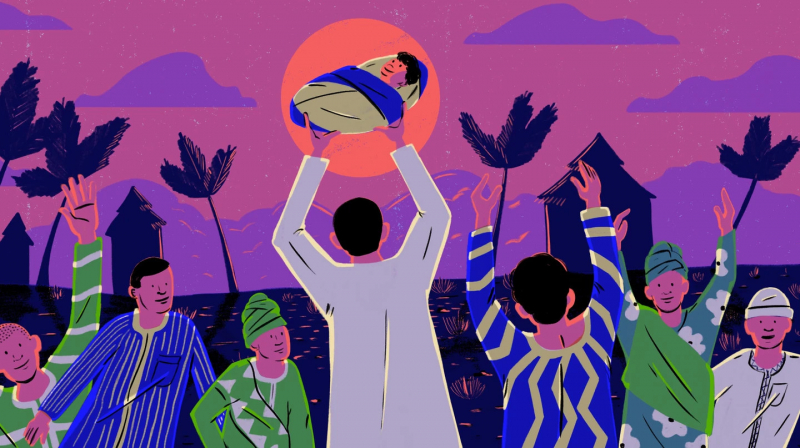
theculturetrip.com -
Upon their third month in this world, a Malagasy baby will undergo what is called “ala-volo”, or the hair cutting ceremony, and it is carried out by a person known as the Tso-bolo. A Tso-bolo is a person who has the best hair in the whole family and he or she is called upon when the baby is three months old to cut off the hair. This ceremony is carried out so that the baby is initiated into society fully.
During the ceremony, the baby’s hair is cut off and mixed with honey in a bowl. Later on, any available tuber food is also mixed with the hair and honey and the family members are obliged to eat this mixture. You do not have to participate as the ceremony is carried by only family members, but you can sit back and watch and also listen to the different stories that are told by the elders during the ceremony. There will also be a tour guide who will translate for you all that you do not understand.
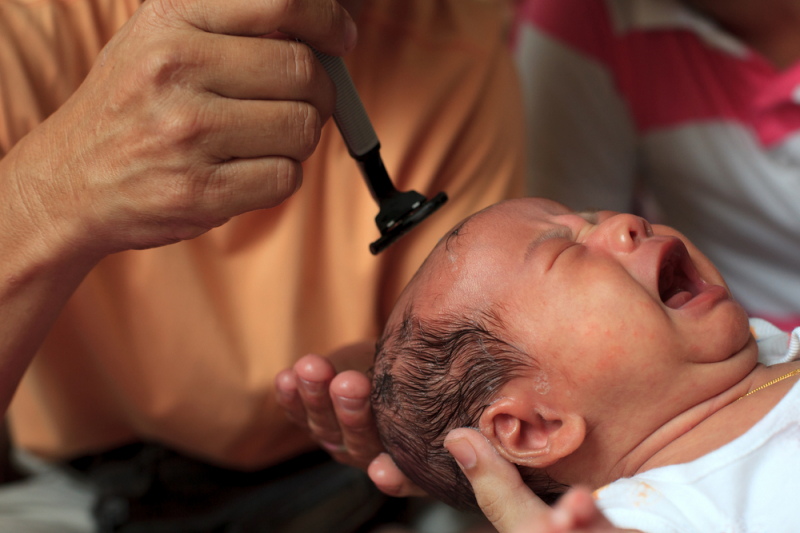
pregnant.sg 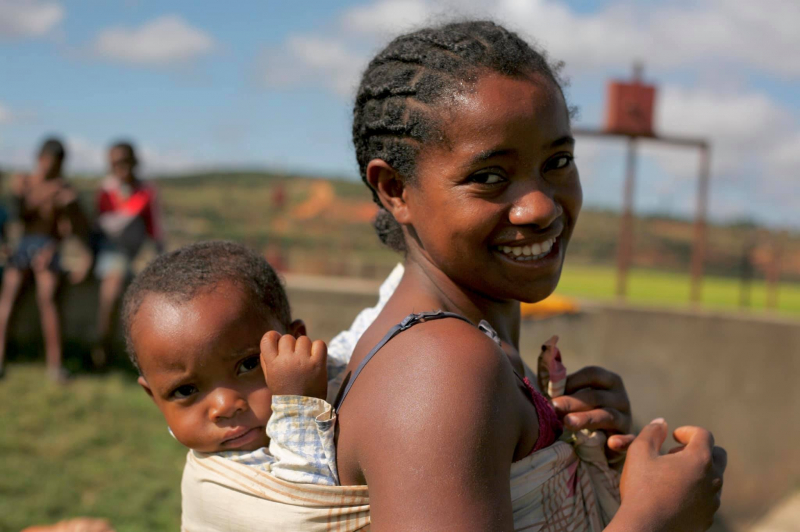
volunteermadagascar -
When a Malagasy person builds a house, there are rituals and rules to be respected. One of these is about which direction one’s house faces. All the houses in Madagascar face the western side due to some cultural sentiments attached to it. Malagasy belief states that the best sunshine is in the afternoon as the sun starts to set, so all houses should open up facing west. In the traditional building process, the east façade is closed off with no windows or doors. Windows are usually only located in the north, and doors in the west.
Houses are typically rectangular and crowned with steeply angled roofs. In rural areas, most houses are made of either mud and wattle or woven matting supported by poles. In the eastern forest, they are built of interlaced split bamboo and are thatched with palm. The architecture of Madagascar is unique in Africa, bearing a strong resemblance to the construction norms and methods of Southern Borneo from which the earliest inhabitants of Madagascar are believed to have immigrated.
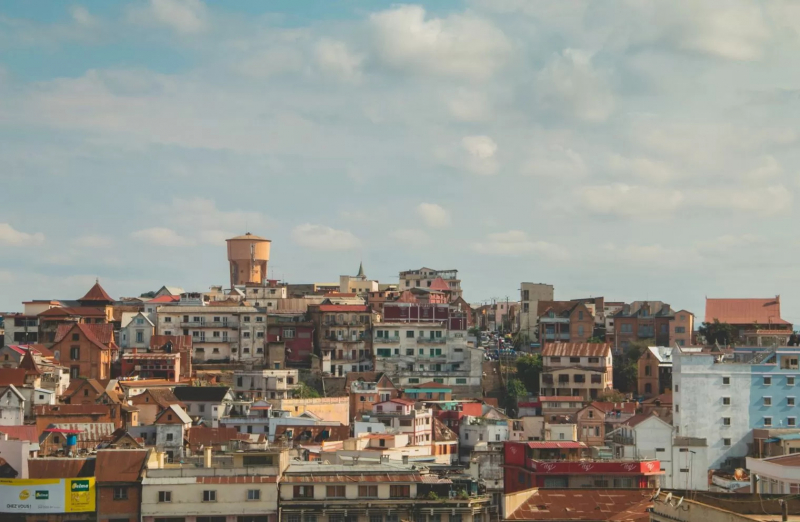
natura-travel.com 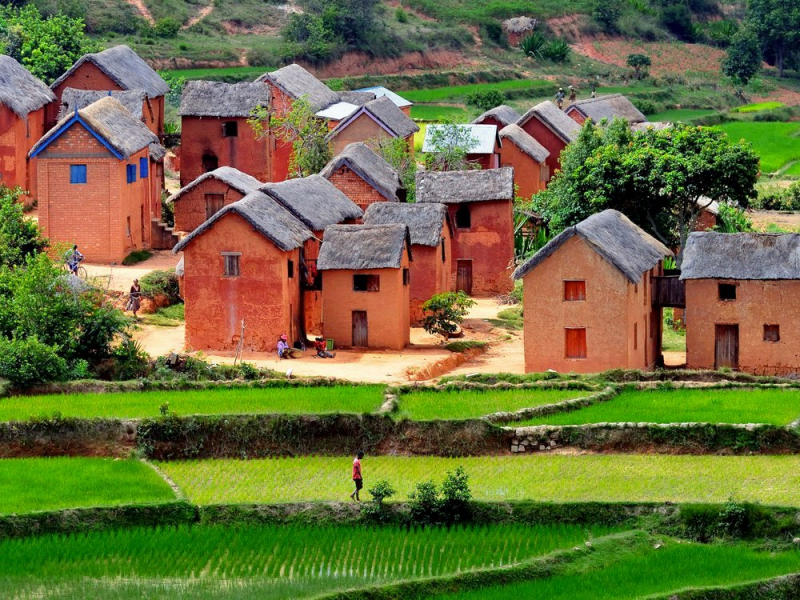
photocontest.smithsonianmag.com -
Inside the house, to allow positive energies to circulate throughout, everything has to be in the right place. In Madagascar when it comes to sleeping notions, the head of the bed must face north all the time. The north according to the Madagascar culture is the place where power meets holiness and for all those that would want to gain power, the bed should face north. And that is why the parents’ bed is always facing the North so that they gain happiness.
The south is the place of anything related to production. The sun rising in the East, it is forbidden to counter it. Otherwise, the whole family is deprived of blessings. The west is the position of doors through which anything out of use is thrown away. So, when you are invited to a Malagasy family, you have to be careful because everything has its location and that has meaning. It is therefore important to know them. The Malagasy attach great importance to the cardinal points.
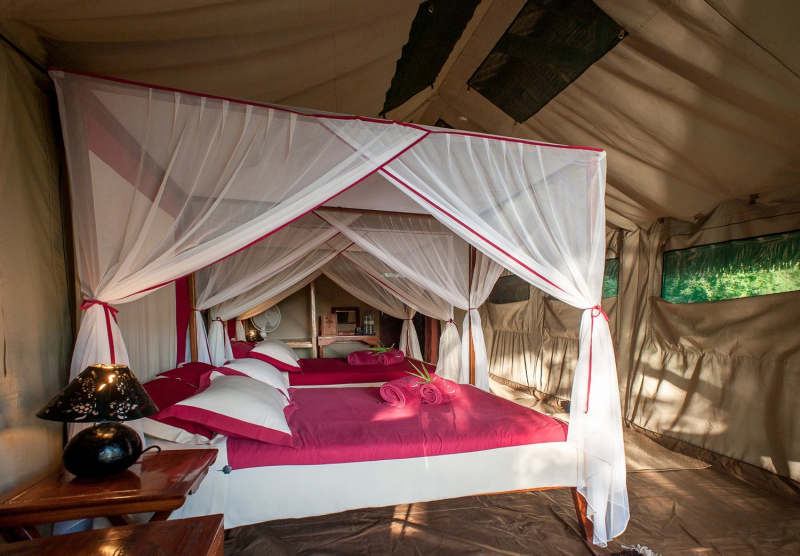
gouncharted.com 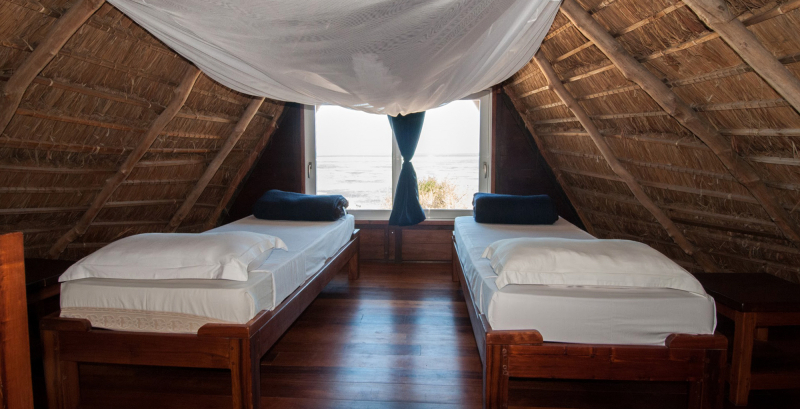
journeysbydesign.com -
Among Malagasy culture, customs, and etiquette is the Engagement ceremony. Traditional weddings in Madagascar or Malagasy weddings are surrounded by fascinating and unique traditions and rites. Depending on the regional customs and beliefs, the whole process can vary a lot. It also varies over time. But any wedding in Madagascar must have Engagement. Before any marriage ceremony, the couple needs to get engaged “traditionally”. The first step is locally known as “vodiondry” or “lamb’s rump”, which is a Malagasy couple’s formal engagement.
Vodiondry means lamb’s rump. It is the most priced cut of lamb meat in a traditional Malagasy society. It is always given to the most respected people in society, usually the elders. That is why this is also given as a gift to the bride’s parents by the groom. This is to show respect to the bride’s parents and thank them for raising his future wife. It is a big deal because the more you offer, the more you show that you value your future wife. Besides, the groom introduces himself in front of the bride’s family and formally asks for her hand in Vodiondry.
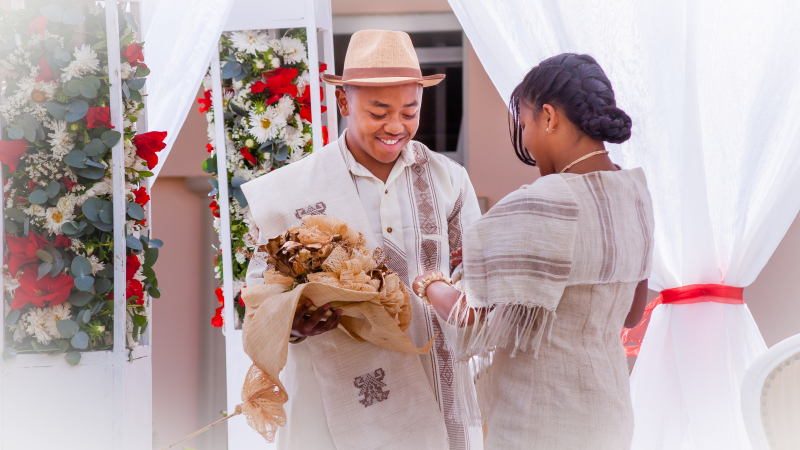
les-colonnades.com 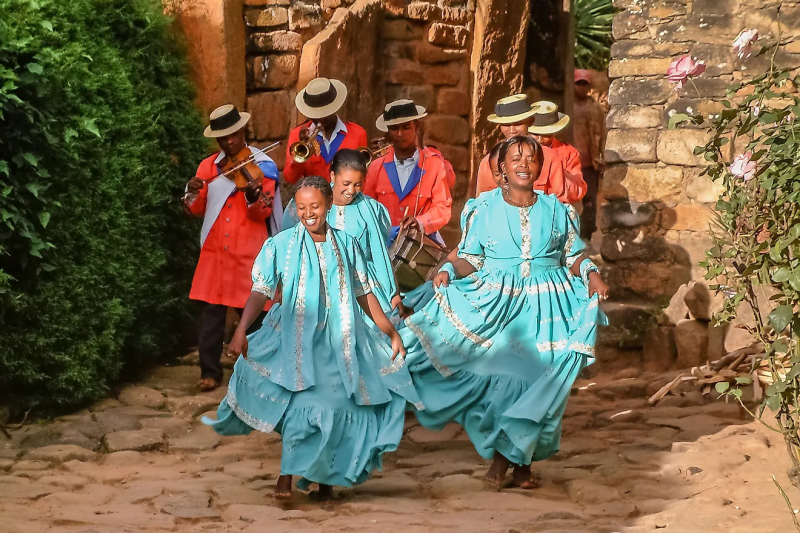
les-colonnades.com -
About half of the Madagascar population practices traditional religions, with 41% of the population practicing Christianity. The link between the living and the dead is a common belief among the Malagasy people. The spirit world is just as important as the physical world. And Malagasy believes that no funeral on Thursday.
When it comes to days of the week all the Malagasy people believe that there is a purpose and something that needs to be done on every day and Thursday is one of them. Thursday is the first day in the Malagasy calendar and so it’s the best day to start anything you would like to last, especially house building for example. In the same way, it is not recommended to have a funeral on a Thursday. When one has a funeral on Thursday, it is believed that this will be the beginning of continuous deaths in the family. And that is why no funeral will ever be arranged on a Thursday.
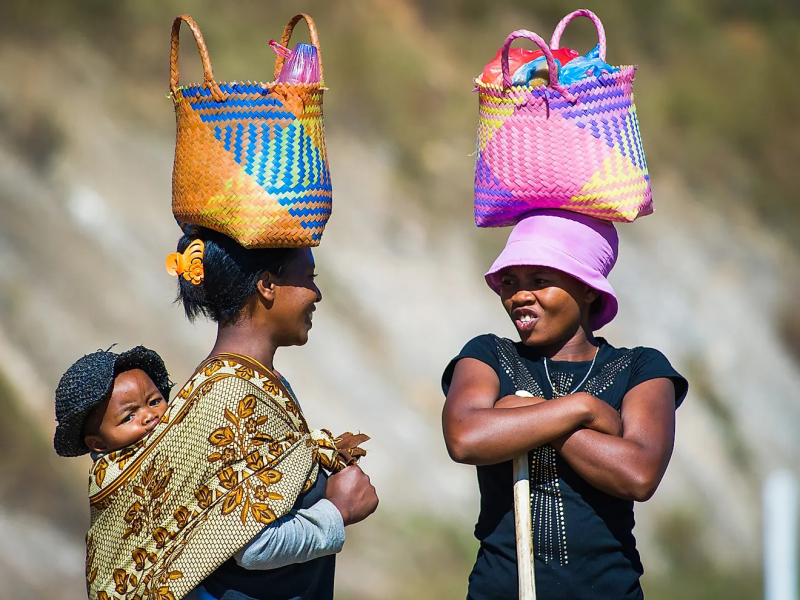
theculturetrip.com 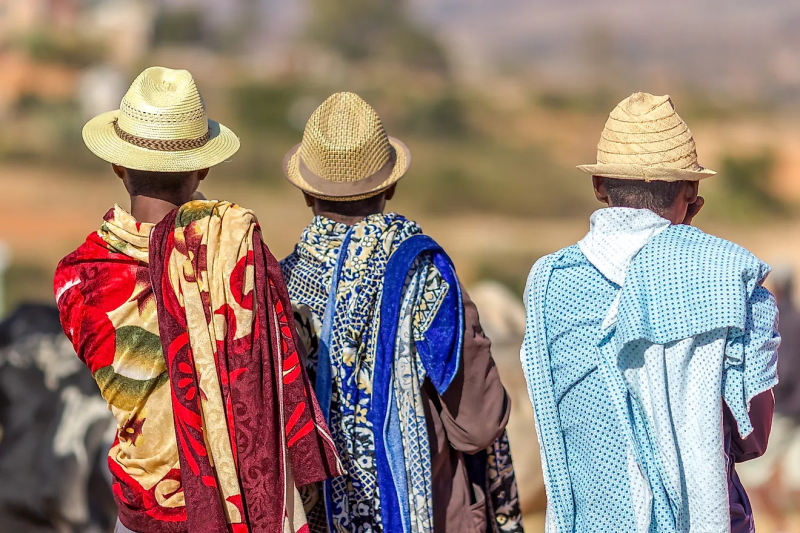
worldatlas.com -
Turning of the Bones Ritual is one of the Malagasy culture, customs, and etiquette that you should know. The turning of the bones ritual, or Famadiahna, is a celebration and act of love and respect for the dead. Usually, around every seven years, the ritual occurs. It’s like a family reunion as it brings the family together to honor the deceased. Famadiahna also is a time of celebration and laughter rather than mourning. Families get the bodies from the tomb, remove the old silk, and rewrap them in fresh silk. Then, they hold them in the air while dancing around the tomb.
The celebration includes music, dancing, food, drinks, and telling stories about the deceased. Typical meals served are stews and soups, zebu meat, sweets, rum, as well as other food and drinks. After sunset, the bodies are returned to their tombs with funeral gifts such as money or alcohol. The bodies are put face down to close the cycle of life and death. There is a ritual cleaning and then the tomb is sealed, which is an emotional moment for the family.
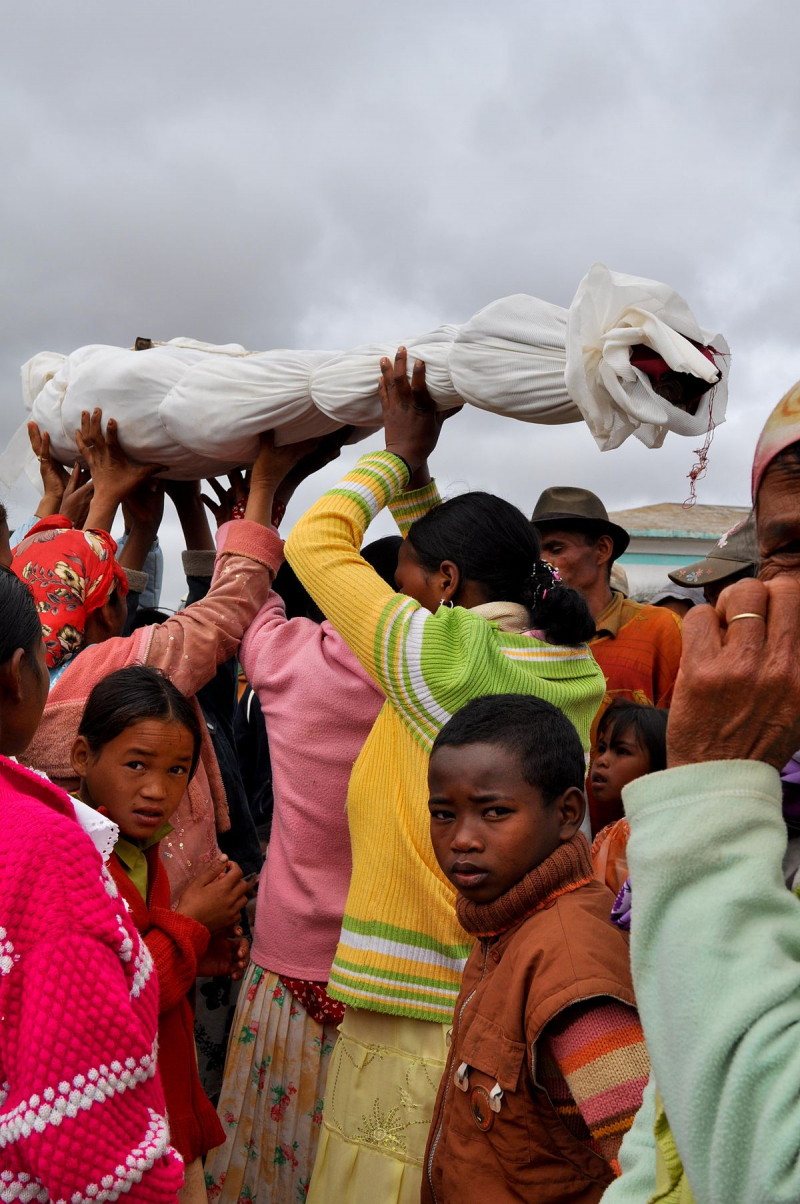
madagascar.co.uk 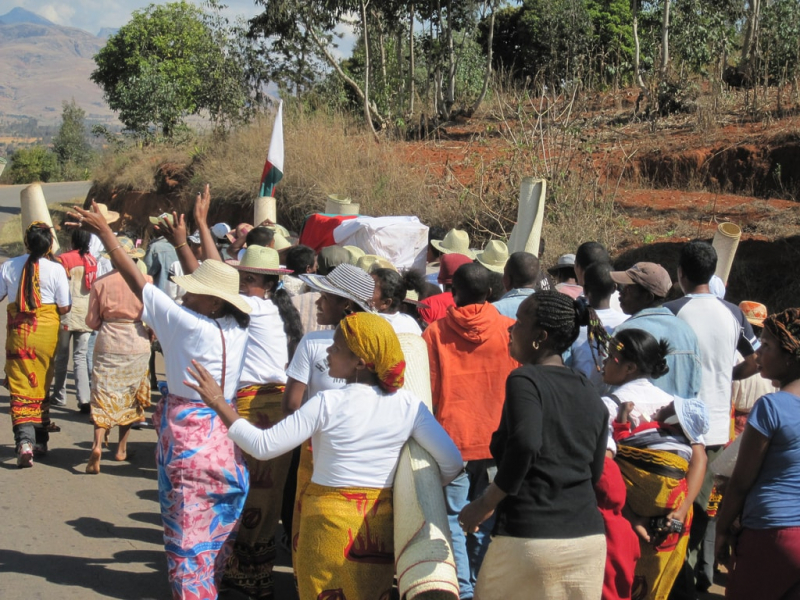
theculturetrip.com -
Most of the taboos that are found in Madagascar are built on stories that no one knows whether they are factual or not. Some of the taboos are that no one is allowed to eat the radiated tortoise, especially by the Mahafaly tribe. This is because one day someone from the Mahafaly tribe cooked a tortoise but when one of them looked inside the pot, the heart of the tortoise was still beating and this scared them so much and that is why they were all forbidden from eating the tortoise.
In Madagascar, where animism is still prevalent, it is believed that the boundary between the sacred and the profane is defined by the fady. There are a lot of places that are considered fady in Madagascar like the Ankarana National Park and if one commits a fady the only way to stop its consequences is by offering a sacrifice. Every tribe has its own Fadys and these rare not be disrespected or else face the consequences.
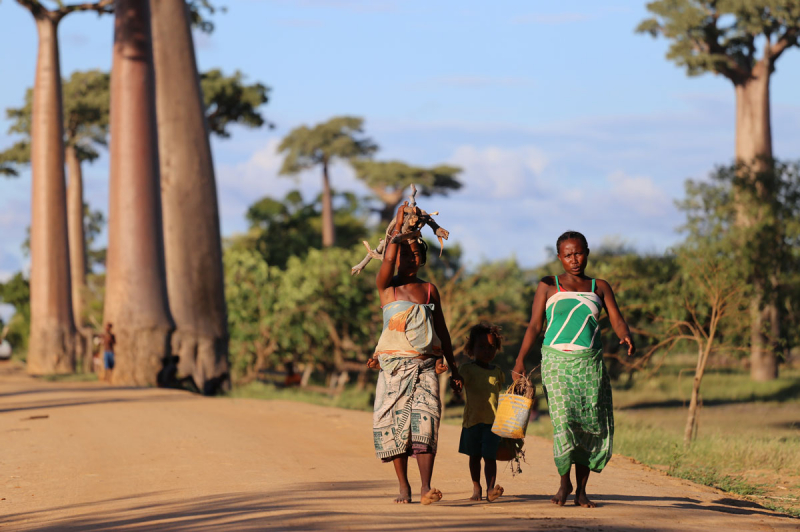
keri-harvey.com 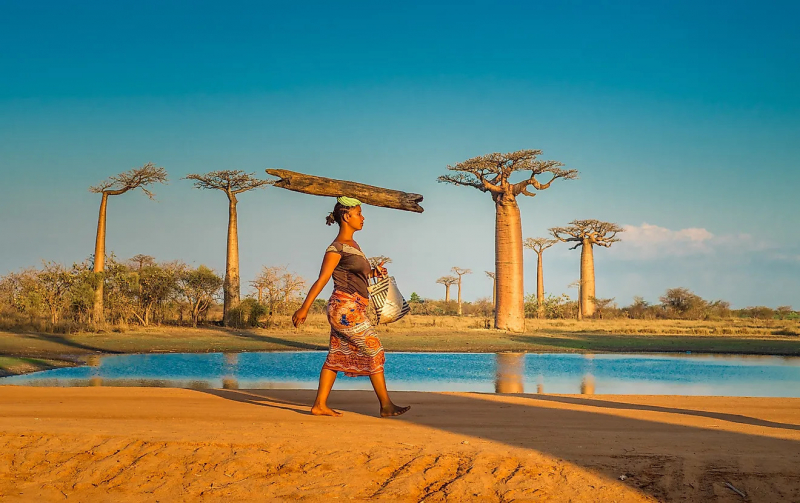
madamagazine.com -
Before an exam or before leaving to travel for a long time, it’s important for a Malagasy person to receive blessings from older family members. Some will go to the fasan-drazana to ask for a blessing from the ancestors or the parents buried in the tomb. This is known as “Ny tso-drano zava-mahery”, which literally means “blessings are powerful”. The Malagasy believe that the blessings from the family – represented mostly by parents and grandparents – will help them to be successful in everything they do and will keep curses away from them.
"Ny tso-drano zava-mahery" comes from the words tsoka, mitsoka ( to blow) and water (rano), and so it’s written tsodrano or tso-drano. The importance of tsodrano lies also in the fact that it marks the absence of objection from whoever might be concerned. When family members and friends give their tsodrano to a wedding, for example, it means that they approve of the marriage. Another example is the politicians, especially presidential candidates, asking for tsodrano from the “ray aman-dreny”, may it be their own parents or from the wise of the country.
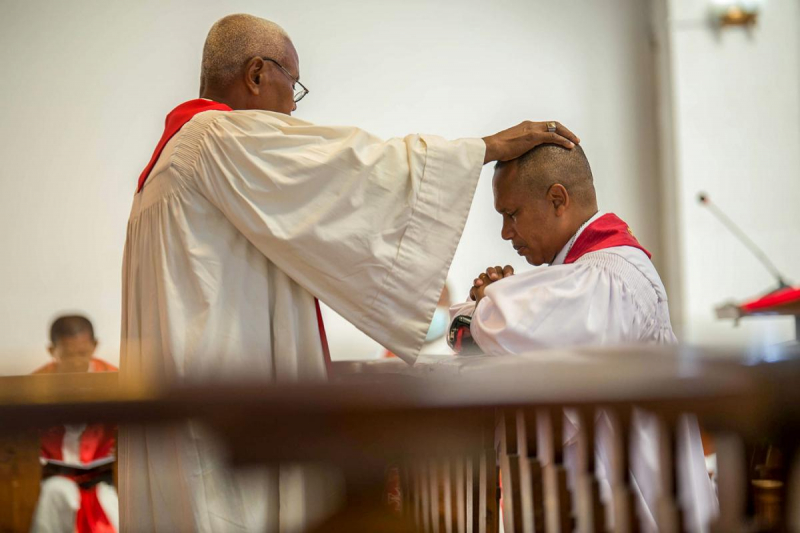
lutheranworld.org 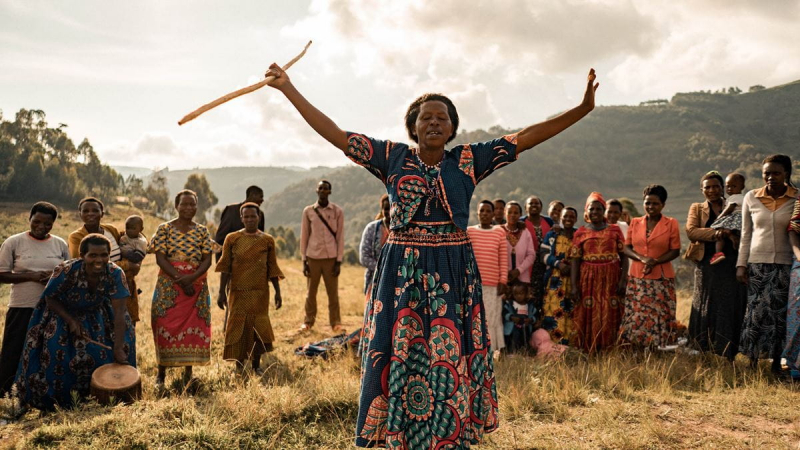
tearfund.org -
Terms of meals is also one of Malagasy culture, customs, and etiquette that you should know before visiting it. When it comes to meals, the Madagascan people give a lot of respect and this is mostly practiced in the rural areas although it is also not lost in the other parts of the country. When food is served and there is a person who is older than the rest be it the parents, grandparents, or a big sister and brother, no one is supposed to lift their spoons to start eating unless the elders do so. When the elders lift their spoons to start eating, that is when the rest of the people are slowed to lift their spoons and also start eating.
Often the youngest children are served before older more dexterous children so that they will have adequate food. Traditional social norms for interaction such as eating from a common pot that was prevalent as recently as the 1960s are beginning to give way to more Western behavior.
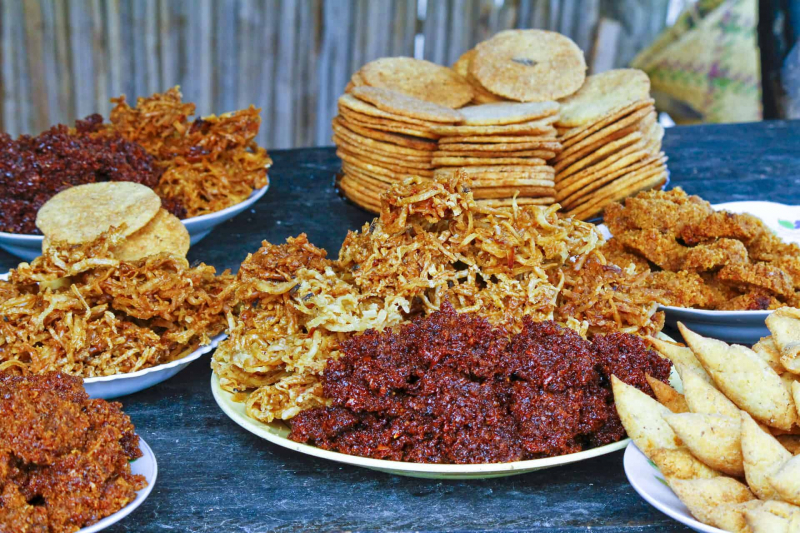
medmunch.com 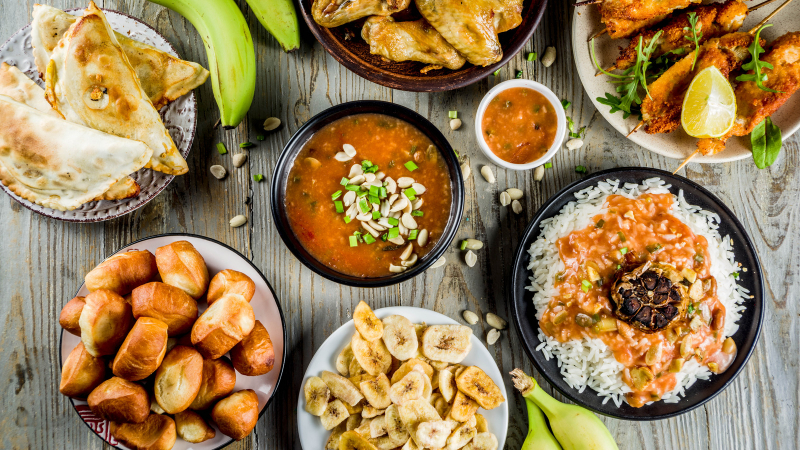
mashed.com





























